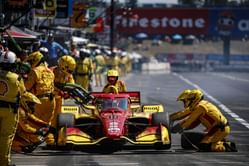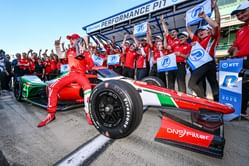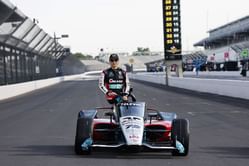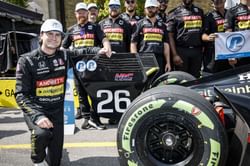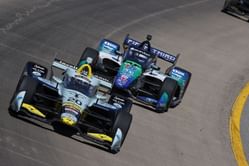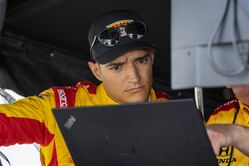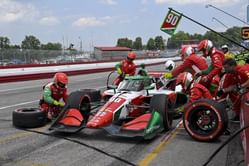
IndyCar racing, which is at the top of the American open-wheel racing ladder is counted among the best motorsport series. The IndyCars are powered by a twin-turbocharged V6 engine which is capable of producing 700 hp. Paired with their hybrid power unit, IndyCars can reach top speeds of nearly 240 mph and 900 hp of maximum output. The IndyCar team work around a regulated chassis provided by Dallara and engines provided by Honda and Chevrolet. The difference between IndyCars and normal cars lies in the fact that the vehicles used in IndyCar are not road-legal. The series also employs technologies which are exclusive to IndyCars and cannot be applied to road-legal cars. IndyCar is known for competing with Formula 1. Together, IndyCar and Formula 1, provide two of the three crown jewel races of Motorsports.
There are many different elements which are used in an Indycar. The cars use slick tyres, provided by Firestone which provide them grip to handle the high speed ovals. They also use a push-to-pass system which provides more power to the engine for overtaking and other racing opportunities. These elements and the research that goes behind them surmount the high cost of running an IndyCar team and developing the cars.
Cost of IndyCar
There is no official report from IndyCar about the exact cost needed to make an IndyCar. As per IndyStar, each IndyCar program costs the team nearly $7 to $11 million per year. These costs are comparatively less than Formula 1 cars. IndyCar teams use a regulated chassis manufactured by Dallara and engines which are developed by Honda and Chevrolet. Thus, IndyCar teams do not have to produce their own chassis like Formula 1 and run at a comparatively lower cost.
Also Read: How much does an IndyCar weigh?
FAQs on Cost of IndyCar
A. An IndyCar costs nearly $7 to $11 million per car.
A. No, IndyCars are not made for public use.
A. The top speed of IndyCars is nearly 240 mph.
A. Shell's 100 Renewable Race fuel is used in IndyCar.

